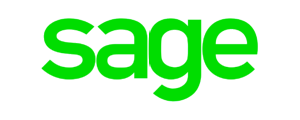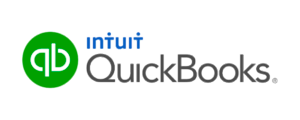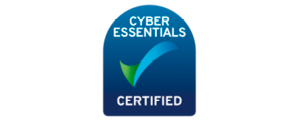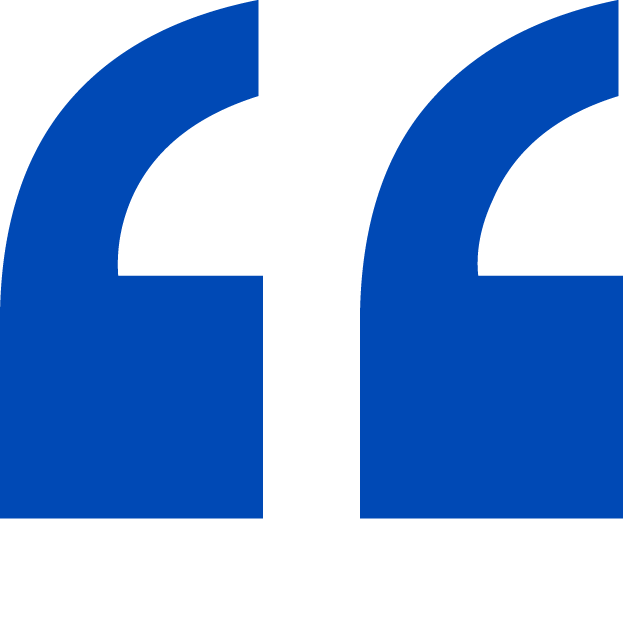If your telecoms business is still resisting 21st century payment tech, it’s time to play digital catch-up.
The tried and tested methods of collecting regular payments, such as Standing Orders, have become outdated and outsmarted by modern, integrated payment solutions.
The most popular choice is Direct Debit, a reliable, flexible and fully traceable way to get paid that has revolutionised how businesses operate.
Here we explore why, when you’re already offering clients the latest in communications technology, you need to also give them the most advanced payment option available.
Say So Long to Standing Orders

Standing Orders are plagued by limitations that you’ve no doubt encountered in your business.
They’re unpredictable as they can be unexpectedly cancelled, they’re inflexible as the onus is on the customer to change its details, and they’re time-consuming as you need to allocate resources to deal with their shortcomings.
Relying on them to collect subscriptions is an admin headache your business simply doesn’t need.
Instead, you can harness the power of Direct Debit to transform the way you receive money. Used by hundreds of thousands of businesses and organisations, it’s now the preferred payment method for more than half of the population.
But why, when both achieve the same thing – cash transferred from your clients’ bank account to yours – should you opt for Direct Debit?
First, let’s look at the difference between Standing Orders and Direct Debits:
- A Standing Order is an instruction from a customer to their bank to pay a fixed amount to you on a regular basis. Any changes to the amount, frequency or date of collection must be arranged by your customer with their bank.
- A Direct Debit Instruction from a customer to their bank authorises you to collect money from their account. With a Direct Debit, when the payment amount, frequency or payment date changes, you can collect the new amount on the date of your choosing. The customer doesn’t need to authorise this, they simply need to be informed in advance.
With Direct Debit, the baton is in your hands as its flexibility allows you to adapt the payment to suit your business needs.
With Standing Orders, the customer is in control. They can cancel or change their payment arrangement without informing you and you’ll only find out when the payment doesn’t show up. This could take a month or longer, depending on the payment frequency.
While you’re left in the dark, your cashflow remains uncertain and could impact on your own ability to pay important bills.
When a Direct Debit bounces or is cancelled, you’ll be notified quickly by your bureau – within 24 hours by FastPay – meaning no more checking your bank statements each day to confirm that payments have been made.
This valuable reporting system allows you to tackle any issues professionally and efficiently, streamlining the resolution process.
For example, a bounced payment can be recharged within days without any action required by your customer, provided they have adequate funds in their account, and a cancelled Direct Debit can either be reinstated by you with your customer’s consent or by your customer through their bank.
With a Standing Order, you have a significant communication delay which impacts on customer service, cashflow and your accounts team’s workload.
Standing Orders do fit the bill for making regular, fixed payments such as rent or transferring funds to a savings account. But their inflexibility becomes more obvious when it comes to variable payments.
For telecoms businesses like yours, who should be striving for exceptional levels of customer service, their usefulness is limited.
Direct Debit for the Digital Age
The alternative is to switch to Direct Debit, the most straightforward and secure of your integrated payment options.
Traditionally, all Direct Debit customers needed to complete and sign a paper mandate.
They still have a place if you conduct the sign-up process face-to-face: you can confirm their custom straightaway and reassure those people who are still wary of disclosing their personal details online.
But this method is becoming obsolete: yes, it does the job but your business has the opportunity to do the job better.
Paper mandates have several drawbacks that can increase costs and delays:
- You have to post a mandate or the customer has to download and print it.
- They have to sign and post the mandate.
- They may forget to do this or change their mind about signing up. You then have to start the sales process from scratch.
- You have to manually process and physically store the mandate.
Why use paper when the whole process can be completed digitally?
Paperless Direct Debit ticks every box to successfully compete in our 24/7 digital economy. If you have point of sale online access, you can welcome new customers instantly over the phone, on your website or on a tablet in-person.
This will meet customer demand, and increasingly expectation, to sign-up straightaway with minimal effort and admin. Instantly, they have their new supplier and you have your new customer.
Go Paperless for Positive Change
You’ll quickly see the benefits of switching to integrated payment solutions and wonder why you didn’t embrace digital payment tech sooner.
From both you and your clients’ perspective, the effects of using paperless Direct Debit will be far-reaching.
1. Paperless = Less Admin
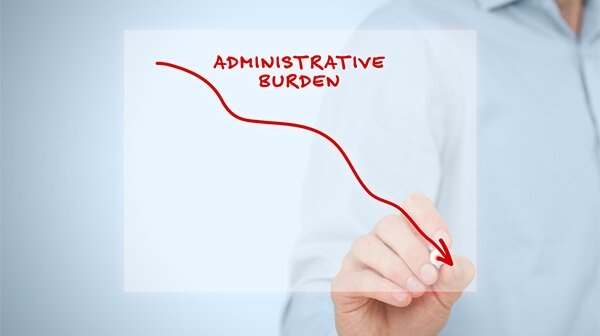
Moving to Direct Debit will transform your accounts team’s day-to day work, signing up clients online will reduce the admin burden still further.
Saying sayonara to Standing Orders will mean waving goodbye to most of the time-consuming manual inputting of data involved. But if you use paper Direct Debit mandates, information such as bank account details will still need to be typed into your system.
This means the chances of human error are reduced but not fully banished, despite the automation of the overall payment process. Inaccurate information will lead to delays and an unprofessional start to your new client’s brand experience.
Instead, when bank details are submitted digitally, they’ll be electronically validated so that errors are eliminated. Armed with the correct information, you can immediately start collecting payments.
Direct Debit will then simplify the credit control process by reducing the number of late payments,freeing your team to focus on business growth, customer relationships and personal career development.
As a result, they’ll become happier in their work with higher levels of morale and motivation to drive your business forward.
2. Paperless = Lower Costs
Choosing to sign new customers up paper-free will reduce overheads thanks to:
- fewer admin hours spent processing paper mandates and manually validating bank account details
- lower postage and storage costs
- lower customer acquisition costs
You’ll also notice an immediate difference in your cashflow: as payments can be taken earlier than via a paper mandate, you’ll have more cash in hand sooner.
Receiving predictable subscription payments on a precise date will replace the stop-start pattern of receiving numerous Standing Orders on different days.
This certainty will improve the accuracy of your forecasting, protecting your profit and the future of your business.
3. Paperless = Full Digital Integration
Saying bon voyage to paper allows you to embrace all the exciting possibilities of your telecoms business’ digital development.
When you partner with a Direct Debit bureau such as FastPay, you can integrate your accounts software with theirs to create a fluid system where payments can move around seamlessly.
You’ll have automatic reconciliation, effortless streamlining and a real-time accounts overview at your fingertips.
Regular reports will be delivered to your inbox to inform you of all client payments, successful or otherwise. These clear, comprehensive updates alert you to any problems, such as bounces, failures and cancellations.
You can then address the issue swiftly and efficiently, boosting your customer service levels and your business’ reputation.
The flexibility of specialist APIs allow you to integrate as much or as little as you like, tailoring the technology to your business needs. This ability to personalise your set-up will open up a whole world of digital possibilities and opportunities to evolve and grow.
4. Paperless = Improved Customer Satisfaction
Offering the option to sign up by paperless Direct Debit will give you a major customer loyalty tick. Busy lives mean that any business which gives a helping hand with humdrum life admin tasks will be looked upon favourably.
A simple two-minute online process will be welcomed far more than requesting a paper mandate, finding the time to fill it in, searching for a stamp and remembering to post it.
Asking clients to complete the process online means you’ll already be off to a flying start before the first payment is taken.
Clients will continue to enjoy the benefits as your relationship develops: convenience, peace of mind and flexibility. They’ll be informed of any changes to their Direct Debit arrangements, won’t have to deal with awkward phone calls about non-payments and will enjoy an uninterrupted service.
Paperless Direct Debit is the perfect solution to launch your payment process into the digital age. Traceable, flexible and secure, it will make life easier for both you and your clients.
